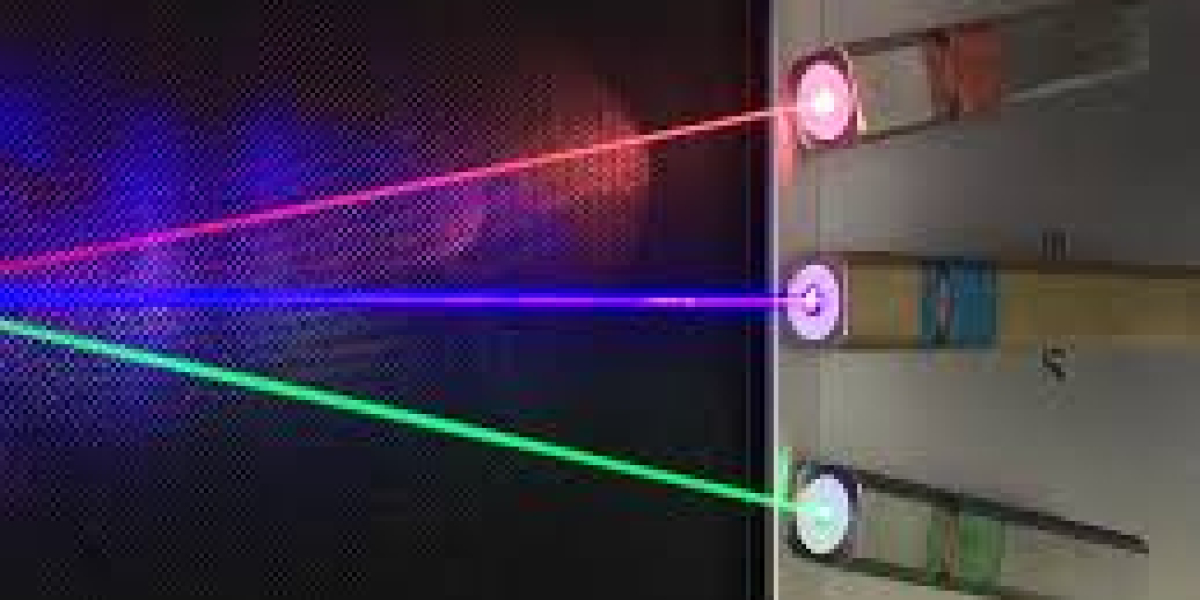A laser cleaner gun is a handheld device that uses focused laser beams to clean surfaces by removing rust, paint, grease, oxides, or other unwanted contaminants. It is essentially a portable form of laser cleaning technology, designed for flexibility and ease of use. Instead of relying on chemicals, abrasives, or mechanical grinding, a laser cleaner gun uses the principle of laser ablation—a process where a high-energy laser beam hits the contaminant layer, causing it to vaporize or break down into dust particles, while leaving the base material unharmed.
The working principle of a laser cleaner gun is quite fascinating. When the laser beam is directed at a surface, it delivers energy that is absorbed by the contaminants. Since these contaminants have a different absorption rate compared to the base material, they heat up quickly and evaporate or detach from the surface. The cleaned surface remains intact because the laser is calibrated to target only the unwanted layer. This makes the process highly precise, non-contact, and safe for delicate surfaces where traditional cleaning methods might cause damage.
One of the major benefits of a laser cleaner gun is its portability and convenience. Unlike large industrial laser cleaning systems, a handheld gun can be easily moved and directed at specific areas, making it suitable for on-site applications. Workers can clean machinery parts, pipelines, automotive components, or even metal structures without dismantling them. This saves both time and labor costs, increasing overall efficiency in industrial operations.
Another key advantage is that laser cleaner guns are eco-friendly and safe. Traditional cleaning methods often require sandblasting, grinding, or strong chemicals, which not only damage surfaces but also pose health risks to workers and harm the environment. With a laser cleaner gun, there is no need for consumables like sand or solvents. The process produces minimal secondary waste—mostly dust or vaporized particles—that can be easily managed with an extraction system. This makes it a cleaner and greener solution compared to conventional methods.
Industries are increasingly adopting laser cleaner guns for their versatile applications. In the automotive industry, they are used to remove rust from car bodies, clean engine parts, and prepare surfaces for welding or painting. In aerospace, they clean turbine blades, precision components, and structural parts without compromising their integrity. The shipbuilding and railway industries also use these guns to tackle large-scale rust and paint removal tasks. Even in cultural heritage preservation, laser cleaner guns are employed to restore old artifacts, monuments, and statues safely.
From an economic perspective, the long-term cost savings are significant. Although the initial purchase of a laser cleaner gun may be higher than that of traditional tools, it eliminates the recurring costs of consumables, reduces downtime, and minimizes surface damage that could lead to repairs or replacements. Additionally, the durability and low maintenance requirements of these devices make them a smart investment for companies looking to improve operational efficiency.
In conclusion, a laser cleaner gun is a groundbreaking tool that combines the power of laser technology with the convenience of portability. It offers a safe, eco-friendly, and cost-effective solution for removing rust, paint, and other contaminants across multiple industries. As more businesses shift toward sustainable and efficient cleaning methods, the demand for laser cleaner guns is set to grow, making them an essential tool in modern industrial cleaning and restoration.

















